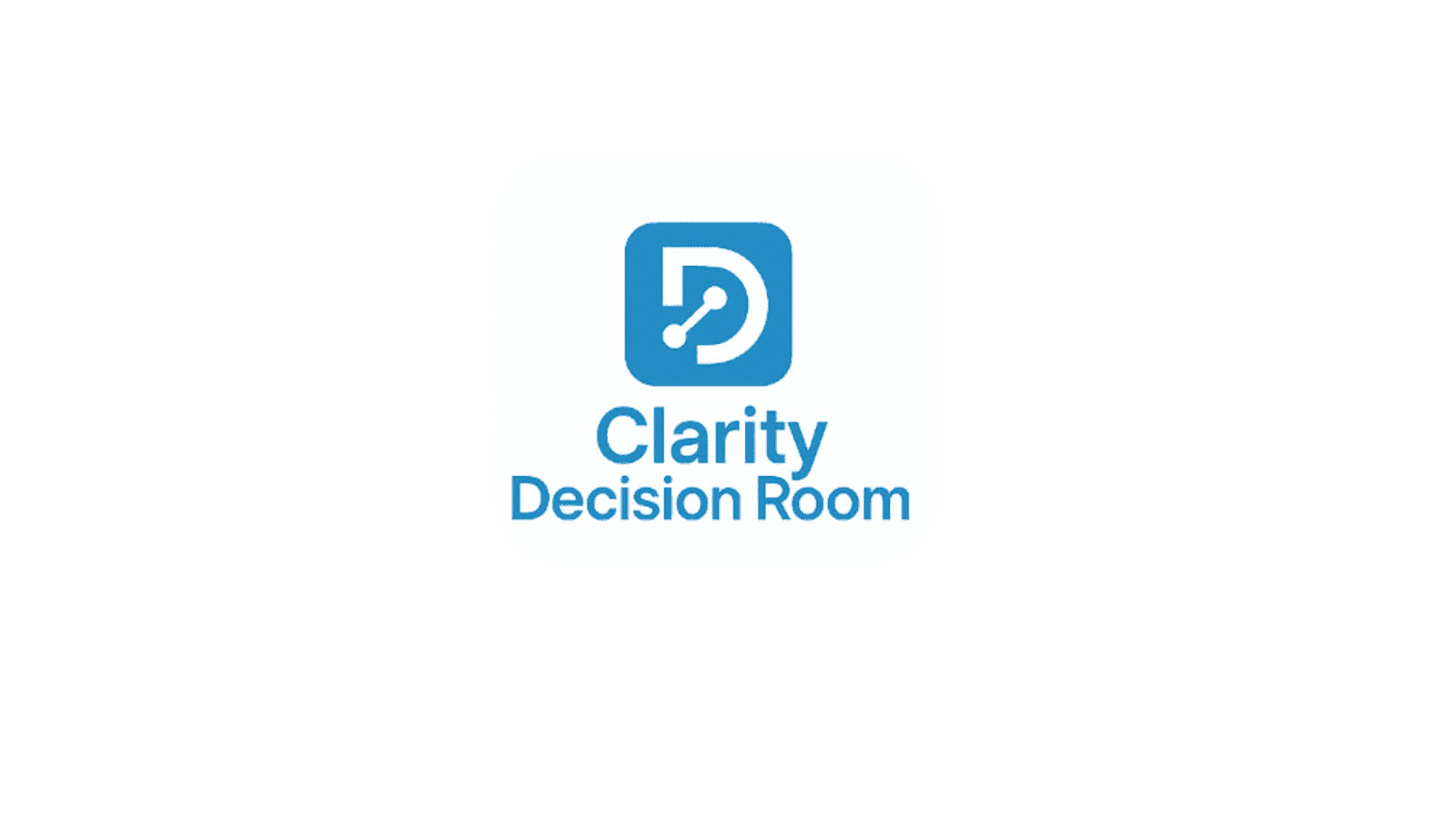"push for excellence and allow Clarity Metrics Group to move you into this new space of decision excellence with decision science."
Decisions are the most important part of business. As a decision maker, you are entrusted with making critical decisions daily that significantly impact the mission. Understanding how the brain processes decisions and the intricate decision behavior that can disrupt the decision process is important. This knowledge empowers you to address and avoid these behaviors, making you more knowledgeable and in control.
Have you ever been asked to make a decision that could bring your company either a great gain or a great loss? Some decision-makers will see the great gain first, while others will see a great loss first.
Those who first see the potential for great loss are more likely to make a decision to avoid the loss and underestimate the equivalent gain. This is known as the loss aversion bias. The activation of the amygdala, our fear command center, and the striatum, where our predictive analysis occurs, triggers this bias. It's important to remember that every person is unique, and the strength of our brains' reaction to emphasize loss aversion is influenced by a variety of personal factors, such as experiences, culture, and socioeconomics. Understanding and considering these factors can help us better manage this bias.
The Clarity Metrics Group video, 'From Fortune to Failure,' delves into the stories of industry giants that fell from grace due to poor decisions. One such fallen giant is Kodak. Had Kodak seized the opportunity presented by their digital innovation instead of deeming the risk too great and sticking to their film, a known revenue generator with lower risk, they might have avoided becoming a cautionary tale. Their inability to control their loss aversion bias led to greater harm than taking the risk. However, hindsight is 20/20, and we can now see what they couldn't. We can draw inspiration from their story and understand the importance of making our best decisions by learning from and overcoming biases and heuristics.
Continuing with the Kodak real-life example, note that Kodak invented the first digital camera, but their aversion to the risk of innovation into an unknown market not only crippled their bottom line but their innovation and growth into a market they could have dominated.
The science behind loss aversion has been explained, as have the possible impacts; it is prudent to provide ways to avoid this bias.
- Acknowledge your initial reaction and consciously reframe your focus to consider the equivalent gain, the potential positive outcome that could be achieved by taking the risk.
- Don't make decisions without information from trusted and vetted sources, such as industry experts, reliable data, or proven strategies.
- Understand the information you are given. Don't allow someone to talk you into a decision on the spot. Take the time to "circle back." Evaluate the presentation provided for framing of both positive and negative risks. Ask follow-up questions until you are satisfied with the answers. However, avoid going into analysis paralysis. The goal is to ensure the information aligns with the presentation and the risk is quantified and reasonable.
At Clarity Metrics Group, we can assess your company's decision readiness. This appraisal will highlight how ready and capable your systems are to provide quality information quickly to assist in decision-making.
